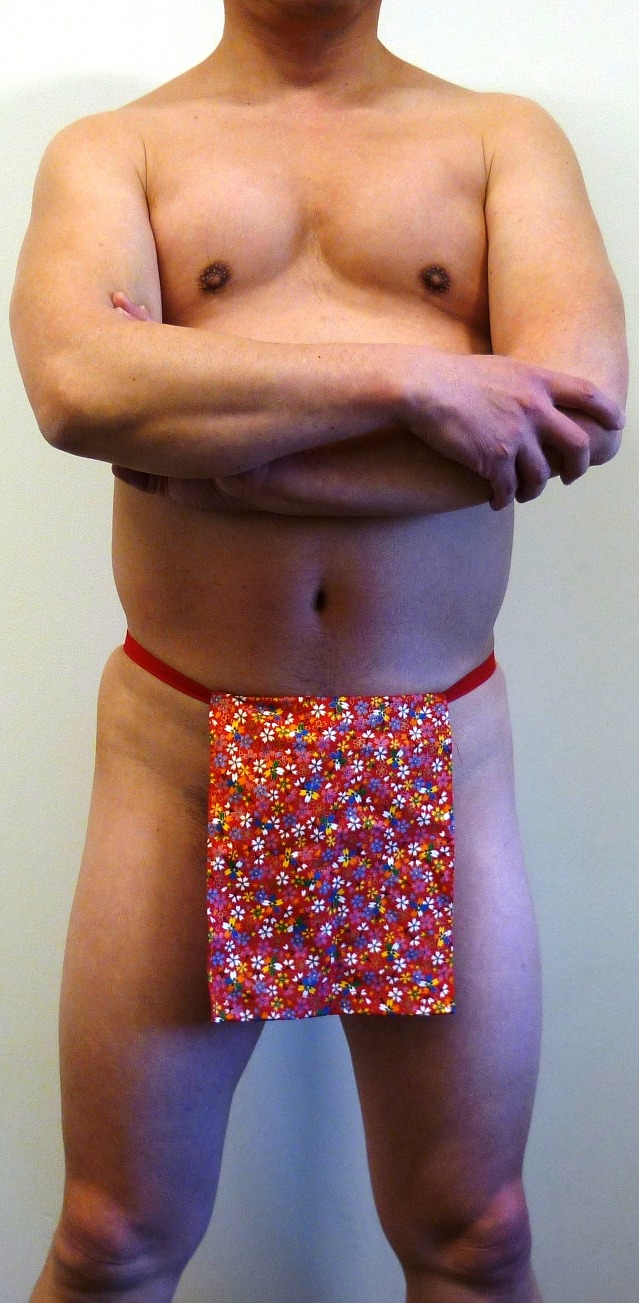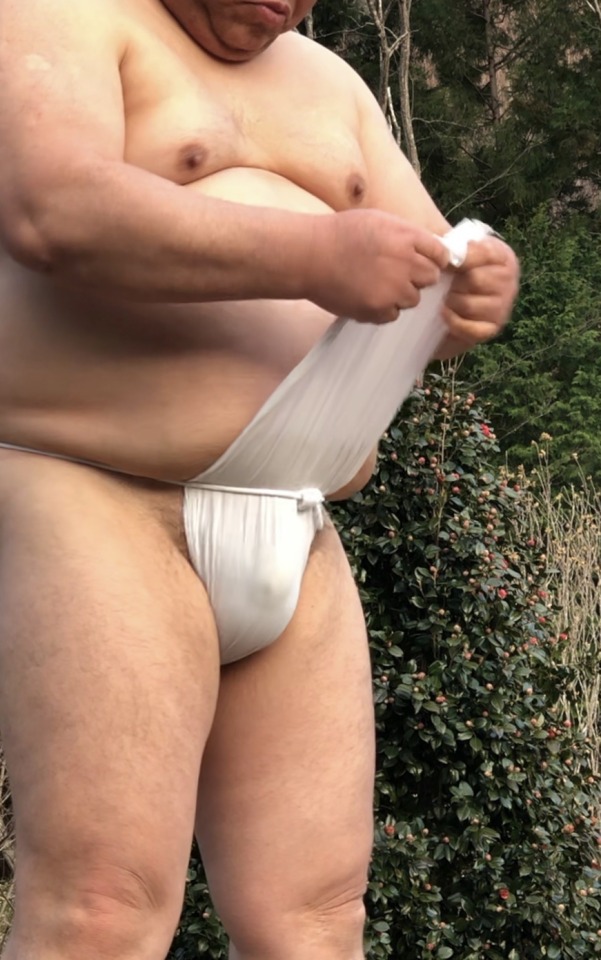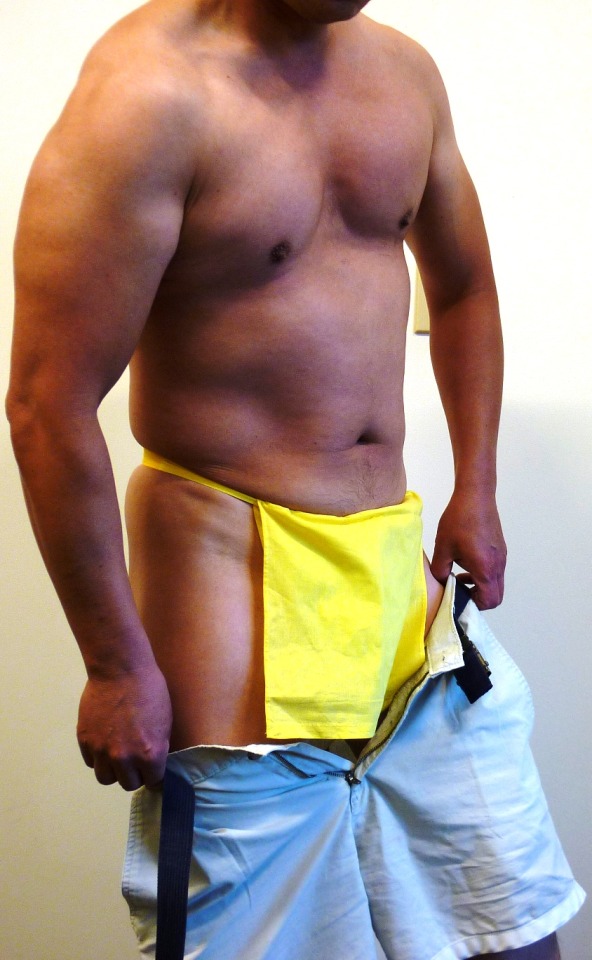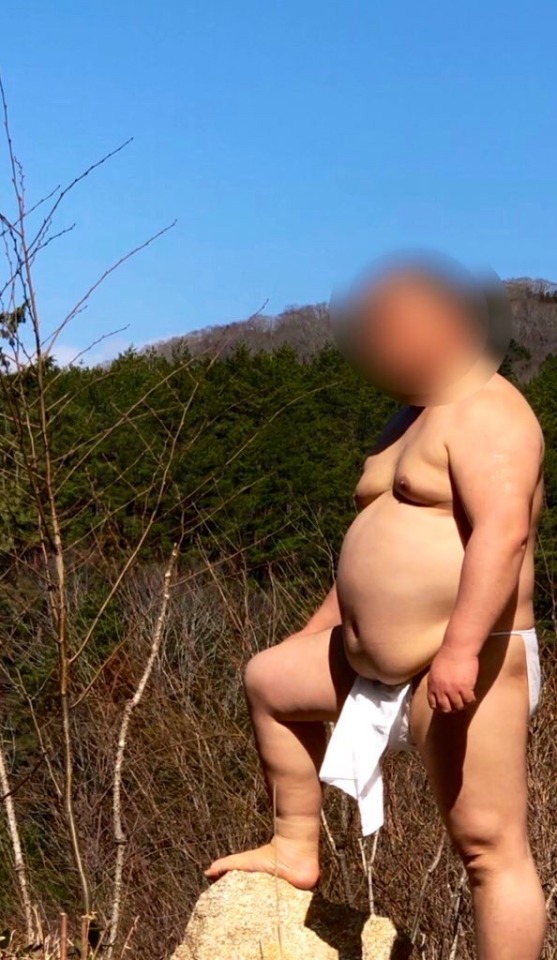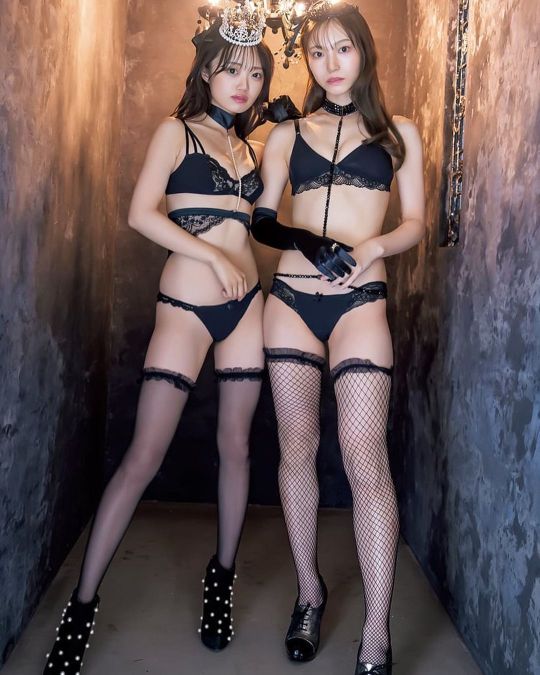#越中
Explore tagged Tumblr posts
Text
寒中禊がまん会 神田明神

一月の神田明神だいこく祭の一部として行う 寒中禊がまん会(寒中禊がまん大会)
144 notes
·
View notes
Text

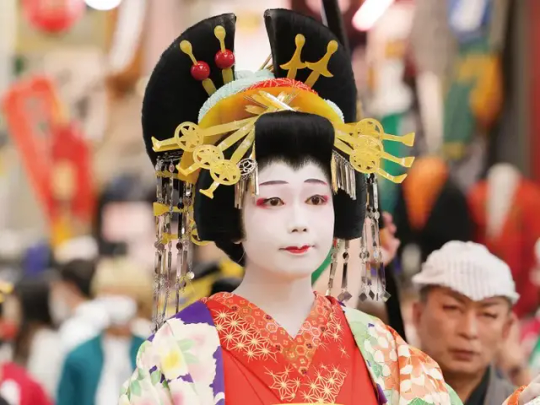





Capítulo 1: Diferencias entre Geisha y una Oiran Introducción. Sean bienvenidos japonistasarqueologicos una nueva entrega resumen, en esta ocasión os contaré que es una Oiran (おいらん) dicho esto comencemos. - Las Oiran son prostitutas que surgieron en el siglo XVII en el período Edo. No debemos confundirlas con las Geishas(げいしゃ). - En la segunda imagen os enseño una Oiran (おいらん) del anime Kimetsu no Yaiba(los guardianes de la noche) - Espero que os haya gustado y nos vemos en próximas publicaciones de Historia, arqueología, geografía nipona, entre otros temas, Que pasen una feliz semana. - Chapter 1: Differences between Geisha and an Oiran Introduction. Japonistasarqueologicos are welcome to a new summary installment, this time I will tell you that it is an Oiran (おいらん) having said that, let's start. - The Oiran are prostitutes that emerged in the 17th century in the Edo period. We should not confuse them with Geishas(げいしゃ). - In the second image I show you an Oiran (おいらん) from the anime Kimetsu no Yaiba (the guardians of the night) - I hope you liked it and see you in future publications of History, archaeology, Japanese geography, among other topics, Have a happy week. - 第1章 芸者と花魁の違い紹介。 Japonistasarqueologicos は、新しい総集編へようこそ、今回はおいらん (おいらん) ということで、始めましょう。 - 花魁は、江戸時代の17世紀に登場した売春婦���す。 芸者(げいしゃ)と混同してはいけません。 - 2 番目の画像では、アニメ鬼滅の刃 (夜の守護者) の花魁 (おいらん) を示しています。 - あなたがそれを気に入ってくれて、歴史、考古学、日本の地理、その他のトピックの今後の出版物でお会いできることを願っています。
#変身体験#花魁体験#花魁#ファインダー越しの私の世界#花魁撮影#エスペラント京都#エスペラント#おいらん#着物#和服#煙管#日本#dreesjapan#japanhistory#kimetsunoyaiba#kimono#art#artjapan#anime#oiran#geisha#history#edoperiod#アントハニー#美容院#大分県日田市#日田市#日田#花魁道中#着付け
60 notes
·
View notes
Text

関西本線加太越え大築堤 鷹取式集煙装置付きD51 中在家信号場~加太駅
#steam locomotive#landscape#japan#railway#Kansai Line#photography#蒸気機関車#鉄道写真#D51#集煙装置#亀山機関区#関西本線#加太越え#中在家信号場
40 notes
·
View notes
Note
Hi! Do you mind going over the new IVE mv and the aspects of Chinese culture in it? I did my own research, and I think most things cnetz are like upset about are borderline also in kr culture (I'm a bit sceptical by their knot choice tho), EXCEPT for the tuanshan! Which I'm pretty sure is chinese only. Thankyouu
Hi.
Yes I mind. I am not into kpop but I look up that video and the first thing I saw is that smoking tube which I hate (it is a signature Orientalism pose). I will not spend my holiday looking at things that I don't like and write analysis in proper English to explain in anger. From the half of minute or so the video I watched the whole aesthetic (the colour choice, the style of the hills and clouds etc.) was just very "guochao". I don't know what "Korean traditional culture design in modern" in Korea looks like now but that vibe just scream China for Chinese citizens. Even you have noticed the knot and tuanshan.
#don't smoke#and don't do drugs#not even weed thank you#韩国人前科罄竹难书#什么请了苏绣大师去交流回头宣传说是韩国绣#给马来西亚使者发中国画复制品说是韩国画#难道这是长江以北是韩国长江以南是越国的世界吗
55 notes
·
View notes
Text
褌 COLLECTION 2024
GW Special
《Prologue》




54 notes
·
View notes
